Smith & Burgess is proud to announce that two members of our Human Resources team were recognized at the Houston Business Journal’s 2025 HR Impact Awards:
- Destiny Arredondo, Sr. HR Generalist – HR Leader of the Year (Small Business)
- Mariah Ramirez, HR Coordinator – HR People to Watch
The Houston Business Journal’s HR Impact Awards honor professionals who are setting the standard in human resources—recognizing leaders who drive forward-thinking policies, foster inclusive workplace cultures, and create strategies that improve employee satisfaction and organizational success.
Read More
Topics:
Relief System Design Schematic
No two crude oils are alike, and that variability has real implications for process safety and refinery operations. Differences in composition, blending, and sourcing can significantly influence relief and flare system design requirements, tank farm behavior, and overall plant performance. As refiners adapt to shifting global supply chains, environmental regulations, and economic pressures, understanding how crude slate variability affects system performance is critical to maintaining safe, efficient, and compliant operations.
This blog highlights key findings from a recent Smith & Burgess presentation, “Scenarios in Refinery Blending & Operational Impact,” led by Co-Founders and Principal Consultants John Burgess, P.E. and Dustin Smith, P.E.
Read More
Topics:
Crude Blending Diagram,
Refinery Process Flow,
Flare Header Simulation Results,
Relief System Design Schematic
Houston, TX – Smith & Burgess is proud to announce that Michelle Ramirez, SHRM-CP, Director of Internal Operations, has been honored as HR Leader of the Year (Small Company Category) at the Houston Business Journal’s 2025 HR Impact Awards.
Honoring Excellence in HR
The HBJ HR Impact Awards recognize individuals who set the standard in human resources by creating forward-thinking policies, fostering inclusive workplace cultures, and driving measurable employee and organizational success.
Transforming HR at Smith & Burgess
During her nearly 10 years at Smith & Burgess, Ramirez has transformed the HR function into a strategic driver of business growth and culture. Her leadership has been instrumental in:
- Expanding the workforce by over 150% across multiple U.S. and international offices, including Houston, Chicago, Philadelphia, Singapore, and Pune, India — with expansion into Saudi Arabia underway.
- Revamping performance evaluation systems to achieve 95% manager adoption and 90% completion rates, directly aligning performance with company goals and values.
- Advancing female representation, increasing the percentage of women at Smith & Burgess from approximately 18% in 2015 to nearly 50% today.
- Designing benefits and flexible work programs that prioritize employee well-being and work-life balance, contributing to 45% of staff maintaining tenure of 10+ years — a rare benchmark in the industry.
Read More
Topics:
Smith & Burgess News,
award
Houston, TX – Smith & Burgess, a leading Process Safety Management (PSM) engineering consulting firm specializing in relief and flare system solutions, announces the promotion of Aniekan Attang to General Manager. Mr. Attang previously served as Engineering Manager and brings over 13 years of expertise in process safety, project execution, and team leadership to his new role.
As General Manager, Mr. Attang will be responsible for driving both top-line growth and bottom-line performance while aligning Smith & Burgess’ services with evolving client needs. He will lead the firm’s growth strategy through strategic client acquisition, market expansion, diversification of services, and long-term partnerships. In addition, he will oversee project delivery, operational efficiency, and profitability to ensure operational excellence while consistently delivering exceptional value to clients.
Read More
Topics:
Smith & Burgess News,
Promotion
Did you know, the allowable total backpressure for a conventional valve can be larger than 10% of the set pressure? According to API 520-1 §5.3.3.1.3:
Many people think a relief valve on a pipe should never see more than 10% backpressure for spring-loaded relief devices. In reality, that’s a guideline for normal cases, not a hard law of physics. That 10% is not a one-size-fits-all limit—it depends on how much extra pressure (overpressure) the valve can handle during an emergency or extreme case.
According to API 520-1 §5.3.3.1.3, “in a conventional PRV application, when the allowable overpressure is 10%, the built-up backpressure should not exceed 10% of the set pressure. A higher maximum allowable built-up backpressure may be used for allowable overpressures greater than 10%, provided the built-up backpressure does not exceed the allowable overpressure.”
So, what does this mean, and when is it applicable? In this blog, we’ll go over a few examples and explain the answers to these questions in simple terms.
Read More
Topics:
Did You Know?,
Relief Systems,
API 521,
Process Safety,
Outlet Loss,
PSV Design,
Atmosphere Venting,
Backpressure Analysis
Did you know to exclude the exit pipe fitting in your PSV outlet pressure drop calculations if your PSV discharges to atmosphere?
If you have performed an outlet pressure drop calculation for a PSV relieving to the atmosphere, you may have noticed that often a significant portion of the pressure drop is contributed by the exit pipe fitting. This is because the equivalent resistance of the fitting is high relative to a typical length of pipe. However, did you know that current industry guidelines recommend excluding the exit pipe fitting in your PSV outlet pressure drop calculations if your PSV discharges to the atmosphere?
This is because, according to research and fluid dynamic principles such as Bernoulli’s equation, there is no appreciable resistance once the flow exits to free air. Removing the exit fitting from backpressure calculations may lead to more accurate and slightly lower predicted backpressure on the valve, which aligns with current best practices within the industry.
Read More
Topics:
Did You Know?,
Relief Systems,
API 521,
Process Safety,
Outlet Loss,
PSV Design,
Atmosphere Venting,
Backpressure Analysis
Introduction
In the complex world of process safety, ensuring that facilities operate without incident requires a robust safety management system. The stakes are high in industries where a single failure can lead to catastrophic consequences, making effective process safety management essential. Relief systems and flare studies serve as critical safeguards, helping facilities prevent hazardous events and maintain safe operations. At the heart of this system are relief systems and flare studies, two essential components that help prevent catastrophic failures in petrochemical, oil and gas, chemical, pharmaceuticals, power generation, and renewable energy industries.
Read More
Topics:
Relief Systems,
Process Safety Management,
Flare Study,
Flare Studies,
Flare System,
Relief System Design,
Process Safety
HOUSTON, November 12, 2024 - Smith & Burgess, has been named a recipient of the Houston Chronicle’s Top Workplaces 2024! This prestigious award celebrates companies that excel in fostering positive workplace cultures, and we are honored to be included in this year's list.
Read More
Topics:
Smith & Burgess News,
Process Safety Management,
PSM,
News
Houston, TX – Smith & Burgess, a leading Process Safety Management (PSM) engineering consulting firm specializing in integrated process safety management solutions, today announced the launch of its new redesigned website at smithburgess.com. The revamped site features a modern design intuitive navigation, and technical content tailored to meet the needs of our clients, partners, and industry professionals.
“We are excited to unveil our new website to help clients explore solutions to achieve a high level of PSM, meet regulations and enhance efficient and reliable operations,” said Dustin Smith, Co-Founder & Principal Consultant, Smith & Burgess.
"The newly redesigned website showcases our comprehensive range of PSM-compliant solutions and underscores our vision for continued growth and innovation in the field of process safety," added John Burgess, Co-Founder & Principal Consultant, Smith & Burgess.
Read More
Topics:
Smith & Burgess News,
Process Safety
In today’s digital age, the protection of sensitive data is paramount. Businesses across all industries must ensure their data handling and security practices meet rigorous standards to maintain trust and protect their clients. At Smith & Burgess, we understand this responsibility, and we are excited to announce that our software, Salus, has achieved SOC 2 Type II compliance with an unqualified opinion. This award reflects our unwavering commitment to security, operational excellence, and client satisfaction.
Read More
Topics:
Smith & Burgess News,
Audit,
Relief System Documentation,
Flare System Documentation
When John and I started Smith & Burgess in 2007, we envisioned a company that would make the industry safer with a focus on Customer Service, Expertise, and Integrity. We felt these core values would create an engineering firm we could be proud of. Over the past 15 years, there has been a lot of change in the industry. Environmental and renewable fuels projects are more common now than ever. However, flares still seem to be undersized, facilities are still changing, and projects are ongoing. From the volatility in oil prices in 2009 to the boom prior to the pandemic… and then COVID-19: providing PSM engineering services has definitely kept us on our toes. But through it all, these core values remained stalwart and have served as a framework by which we make decisions in running the company.
Read More
As we pass the two-year mark from the onset of the COVID-19 pandemic, we can look forward to increasing normalcy while looking back at the ways the past two years have changed us.
Read More
Did you know that liquid trim valves can be certified for vapor?
There is often confusion around the required trim and certification when selecting a new safety-relief valve. For example, when there are both vapor relief scenarios and liquid relief scenarios, is a dual-certified PRV required? What about when the service is liquid but the controlling scenario is vapor? In the past, we have recommended “dual-certified” PRVs when there are both liquid and vapor relief scenarios, but these valves can be difficult to obtain or could have long lead times. When might there be alternatives? In this discussion we will look at what liquid trim means and when different trims may be suitable for different relief possibilities.
Read More
Topics:
Did You Know?,
Pressure Relief Valves,
Detailed Engineering,
OSHA,
PRV,
Relief System Design,
Set Pressure,
Vapor Relief Scenarios,
Liquid Relief Scenarios,
liquid trim valves,
dual-certified valves
Aside from the expected software improvements from a decade of development (including a remote server-based architecture, dedicated thermodynamics engine, and smattering of user interface and stability improvements), Salus has become an industry-leading flagship of relief systems design.
Read More
Topics:
Salus,
Relief System Documentation,
Flare System Documentation,
Evergreening
Interest in renewable diesel has increased significantly in recent years. In 2019, the estimated US renewable diesel consumption was 900 million gallons [1] followed by an estimated 960 million gallons in 2020.[2] This trend is expected to continue in the coming years.[3] Conversion of existing petroleum facilities to renewable diesel production provides an appealing path for many producers, but careful evaluation of the conversion must be performed to ensure that the facility is operating safely and in full compliance with PSM standards. While the existing relief and flare systems may have been adequate for the petroleum refinery service, these systems should be reviewed and redesigned along with the new process as the demand on these systems can significantly change.
Read More
Topics:
Relief Systems,
Process Safety Management,
Process Safety,
diesel conversions,
renewable diesel,
renewable vs biodiesel
After spending over 20 years in the cold Midwest winters and suffering through plant freeze ups, my mind is racing with what to look out for as things thaw back out. Please see my thoughts on instrumentation, dead legs, and a few other things to look out for based on my years of experience in the freezing weather.
Read More
Topics:
Relief Systems,
Process Safety Management,
Process Safety,
Freeze,
arctic Freeze,
recovering,
unprecedented freeze,
extreme weather
About the Author
Stuart Maxwell holds an MA in Management from the University of Aberdeen and has over 16 years of business development, consulting and program management experience in the oil, gas and petrochemical industries working with many IOCs, large independent operators and EPCs across the globe. Stuart, as a non-engineer, isn’t going to execute any Flare QRA projects anytime soon but uses his expertise and focus on our clients’ problems to make sure our teams, capabilities, and tools can help clients succeed.
Read More
About the Author
Mr. Baum has over 40 years of experience in Process Safety Management. He has been a process and risk assessment professional since 2006. Additionally, Mr. Baum has experience in refineries and chemical plants where he has held positions responsible for the development, implementation, and management of the PSM element.
Read More
About the Author
Mr. Smith has over a decade of experience, with a specialization in relief systems design and documentation, PSM compliance audit reviews, heat and material balance generation, PHA concern resolution, and flare system integration and optimization. Dustin is a chemical engineering graduate of Texas A&M University, a licensed Professional Engineer in Texas and LOPA certified.
Read More
Topics:
Relief Systems,
Relief Device Study,
Relief System Design,
Relief Systems Revalidation,
Process Safety
About the Author
Christopher Heflin is a degreed Chemical Engineer from Texas A&M University with over 8 years of experience in pressure relief analysis and relief system software, and is the lead training instructor for Salus and Data Insights courses both locally and internationally. He also plays an active role in the development of new features as well as ongoing software support.
Coronavirus Impact
Despite the dreaded COVID-19 pandemic, we have happily added several new members to the Salus family as an increased drive toward digitization and organization sweeps the industry. As a result, Salus has streamlined migration efforts for client’s existing data – whether in digital or physical copies – to be utilized efficiently in the software.
Read More
Topics:
Salus,
Process Safety Management,
Process Safety Optimization,
Process Safety
The COVID-19 Challenge
As the COVID-19 disease became a pandemic in the span of mere weeks in USA (months for the world), most of us who work in the process safety/engineering field has probably asked, or been asked:
- What kind of precautions have you taken to minimize the COVID-19 spread through:
- Human contact
- Computer equipment
- Shared office spaces
- Common areas
- How do you determine “non-essential” personnel that should not have access to your facility?
- What is your contingency plan if/when travel or access is restricted?
- How can you keep normal work efficiency for these “non-essential” personnel working offsite?
- What kind of resources do you need to work offsite?
Read More
Topics:
Did You Know?,
Salus,
Process Safety Management,
Relief System Design
Did you know, OSHA does not allow block valves on the inlet of relief valves installed on air receivers in compressed air systems?
OSHA CFR 1910.169(b)(3)(ii) states, “No valve of any type shall be placed between the air receiver and its safety valve or valves.”
Read More
Topics:
Did You Know?,
Pressure Relief Valves,
Detailed Engineering,
OSHA,
PRV,
Relief System Design,
Relief Header,
Set Pressure,
Exit Pipe Fitting
Did you know, relief devices that protect process pipe may be set to open above the piping design pressure?
Per ASME B31.3-2016, Sections 322.6.3. (see Figure 1) and 302.2.4 (f) (see Figure 2), a thermal relief valve may be set up to 120% of the design pressure of the protected system with the owner’s approval, as long as, the allowable accumulation criteria in 302.2.4.(f) are met. Set pressures lower than 120% of the design pressure may be required depending on the allowable accumulation pressures in 302.2.4 (f).
Read More
Topics:
Did You Know?,
Pressure Relief Valves,
Detailed Engineering,
PRV,
Relief System Design,
Relief Header,
Set Pressure,
Exit Pipe Fitting
"Great teamwork is the only way we create the breakthroughs that define our careers."
As we enter 2020, most of us have already taken a moment to reflect on last year's successes and failures. (At least on a personal level.) A somewhat painful and unavoidable exercise to help guide your decisions in the upcoming year.
However, how many have taken stock of our past decade's personal successes and failures?
If you haven't, quickly give it a shot right now.
Read More
Topics:
PSM Review,
Industry Compliance,
Compliance,
OSHA,
SIL Design,
SIS Design,
PSM Audit,
Regulatory Compliance,
Gap Assessment,
Relief System Design,
Relief Systems Revalidation,
Relief Valve Mitigation,
Relief Header,
Flare Header Analysis,
Allowable Backpressure,
Spring Loaded Valves,
CAPEX,
Disposal System Design,
Dynamic System Modelling
Todd Mission Volunteer Fire Department Appreciation Lunch:
In June of 2019, Smith & Burgess coordinated an appreciation lunch for the City of Todd Mission’s Volunteer Fire Department at their station. Located in Grimes County and immediately next door to the area’s highly-popular Renaissance Festival, the City’s fire department covers 30 square miles and approximately 6,000 residents.
Read More
Topics:
Smith & Burgess News
Smith & Burgess representing at the 2019 Hydrocarbon Processing Awards
In late September, Smith & Burgess was honored to be listed as finalists in three categories at the 2019 Hydrocarbon Processing Awards.
Read More
Topics:
Smith & Burgess News
We are excited to announce Mr. John Burgess will be presenting "The Unintended Consequences of Relief Device Pipe Modification" at tomorrow's REMBE's Safety Conference.
REMBE® Process Safety Days is a two-day networking event with highly topical presentations, live demonstration and an extraordinary evening event. It is dedicated to engineers, planners, operators, technicians, maintainer, safety inspectors, technical experts and inspection personnel in supervising organisations.
Read More
Topics:
PSM Review,
PSM Audit,
Regulatory Compliance,
Gap Assessment,
Relief System Design,
Relief Systems Revalidation
Actively supporting the Society of Women Engineers:
To celebrate Smith & Burgess’ support of “International Women in Engineering Day,” we are proud to announce Ms. Jill Bohnet as the winner of our first annual “Smith & Burgess: Process Safety Scholarship Award.”
Read More
Topics:
Smith & Burgess News
Establishing and maintaining an effective safety culture is a symphony of challenges and moving pieces.
Too often, those responsible engineers are stretched thin with competing priorities. Smith & Burgess is here to help. Our culmination of Process Safety knowledge enables us to quickly provide our clients with practical solutions that lead to compliance, significant cost-savings, and of course, peak facility safety.
Read More
Topics:
PSM Review,
Industry Compliance,
Compliance,
OSHA,
SIL Design,
SIS Design,
PSM Audit,
Regulatory Compliance,
Gap Assessment,
Relief System Design,
Relief Systems Revalidation,
Relief Valve Mitigation,
Relief Header,
Flare Header Analysis,
Allowable Backpressure,
Spring Loaded Valves,
CAPEX,
Disposal System Design,
Dynamic System Modelling




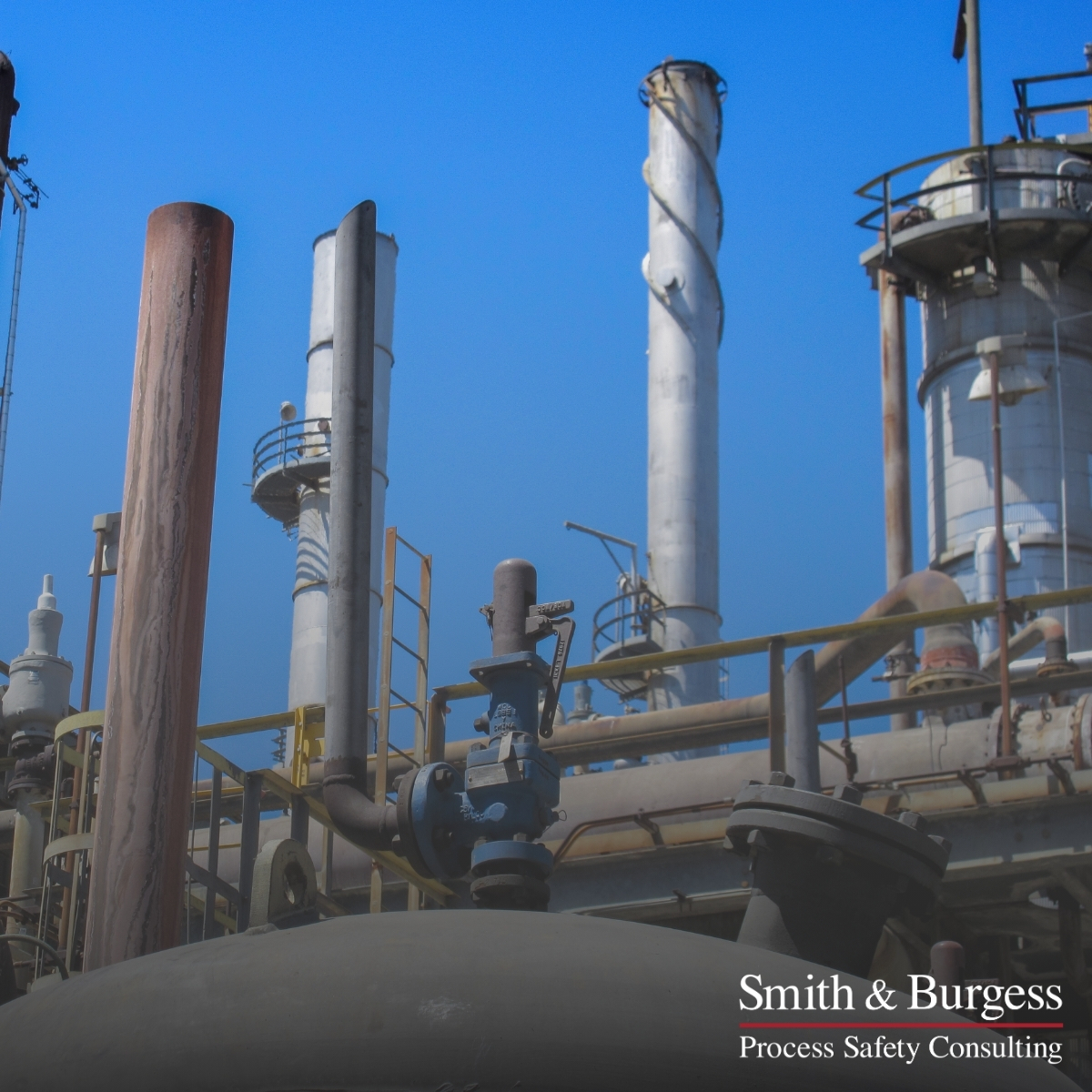
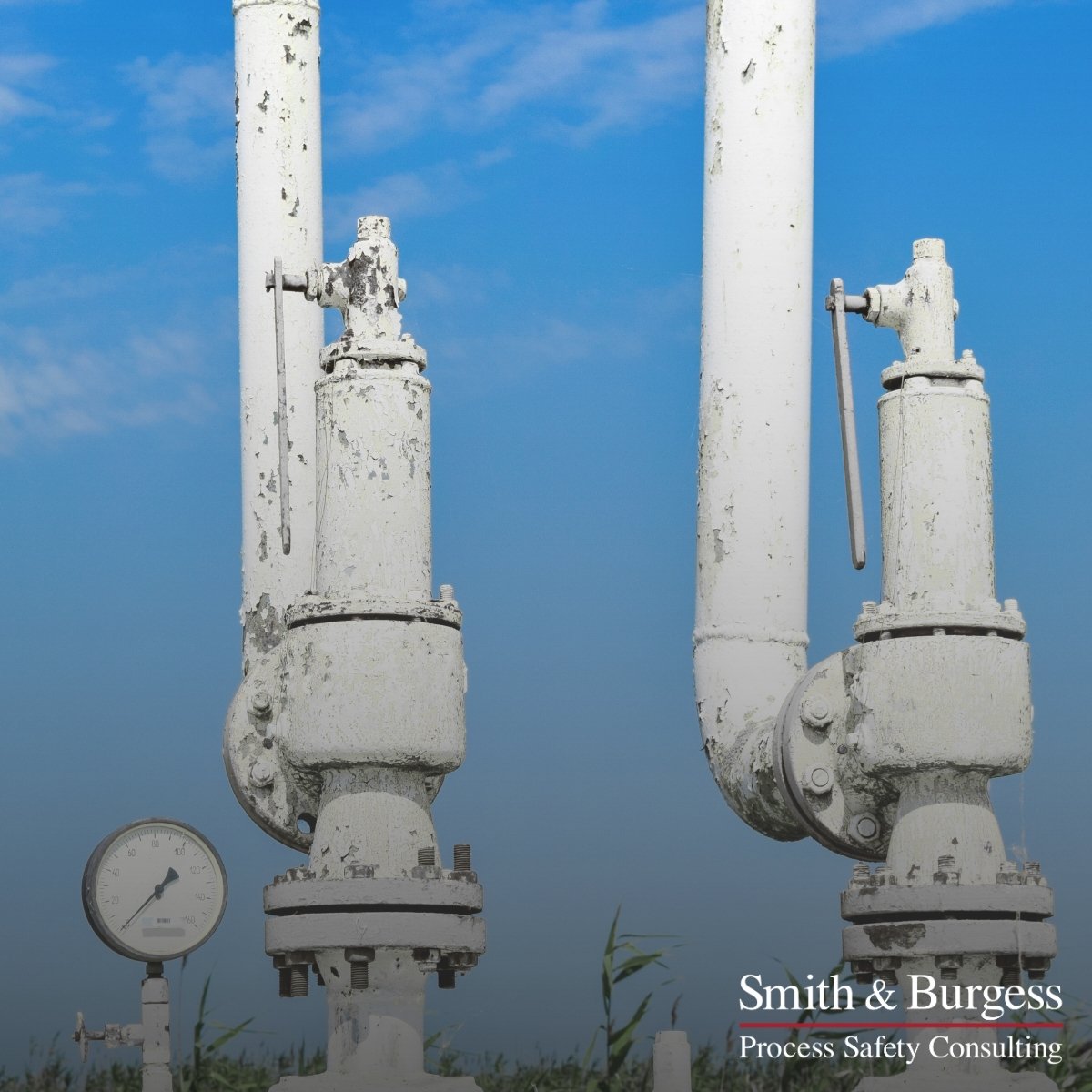
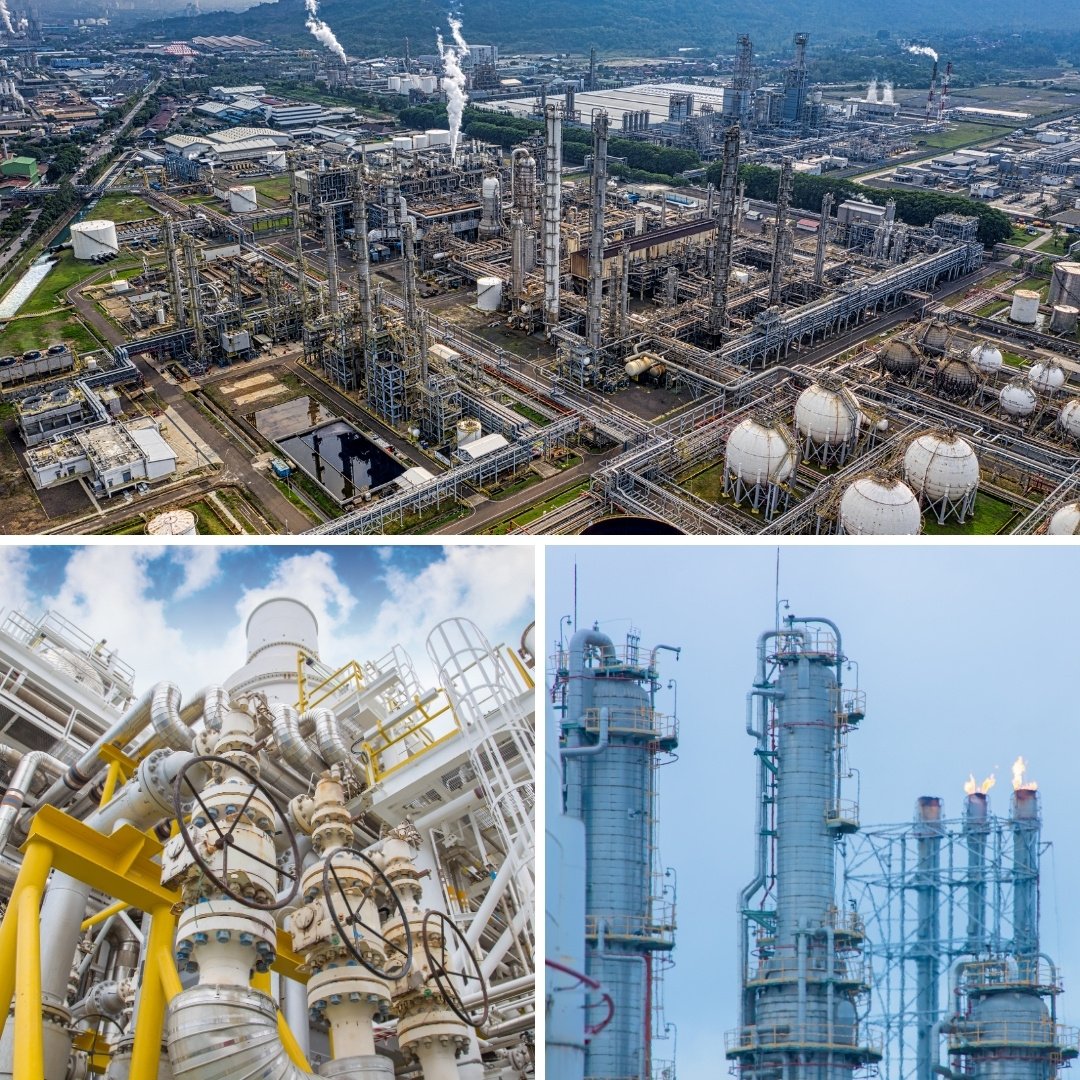


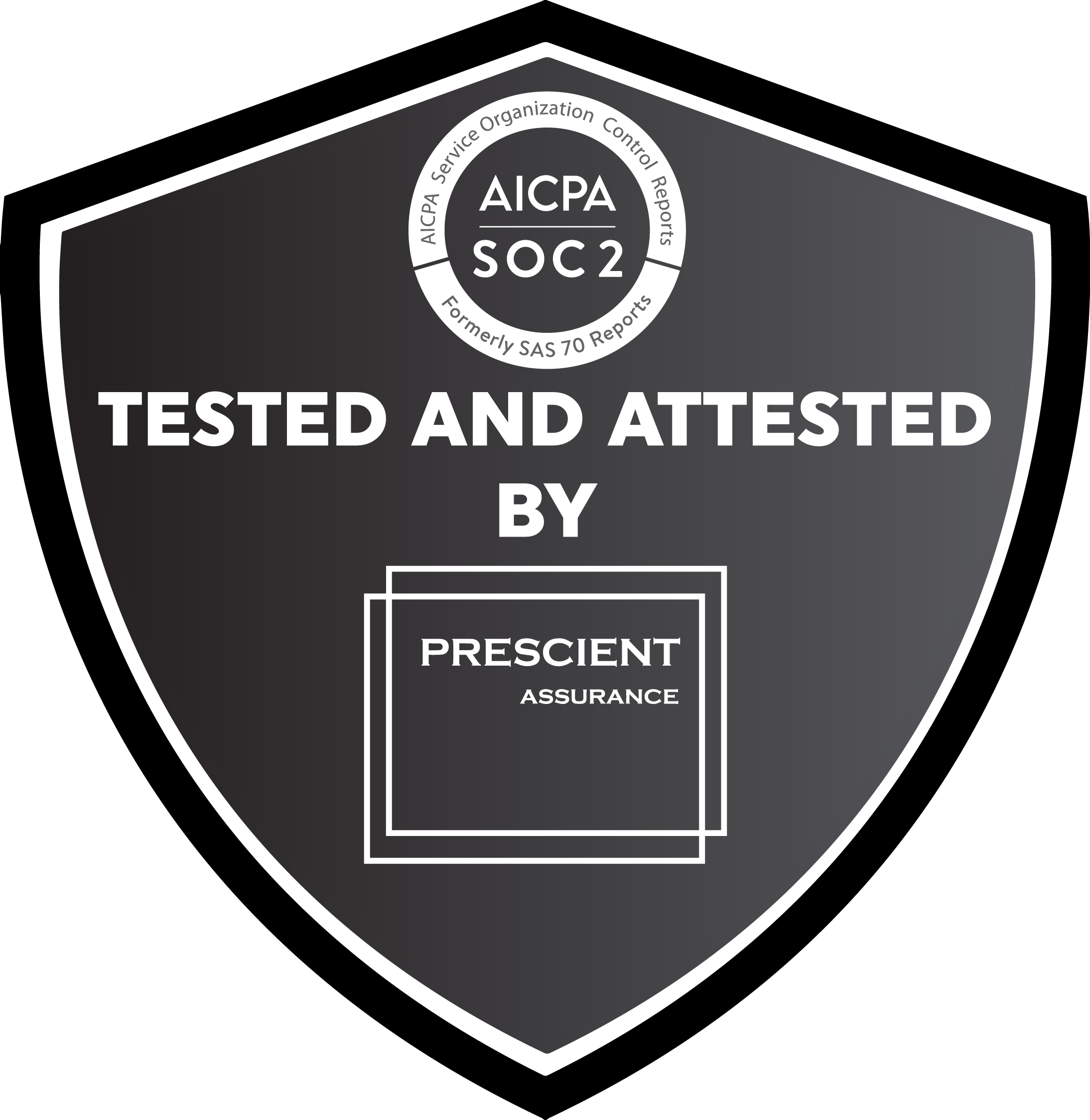
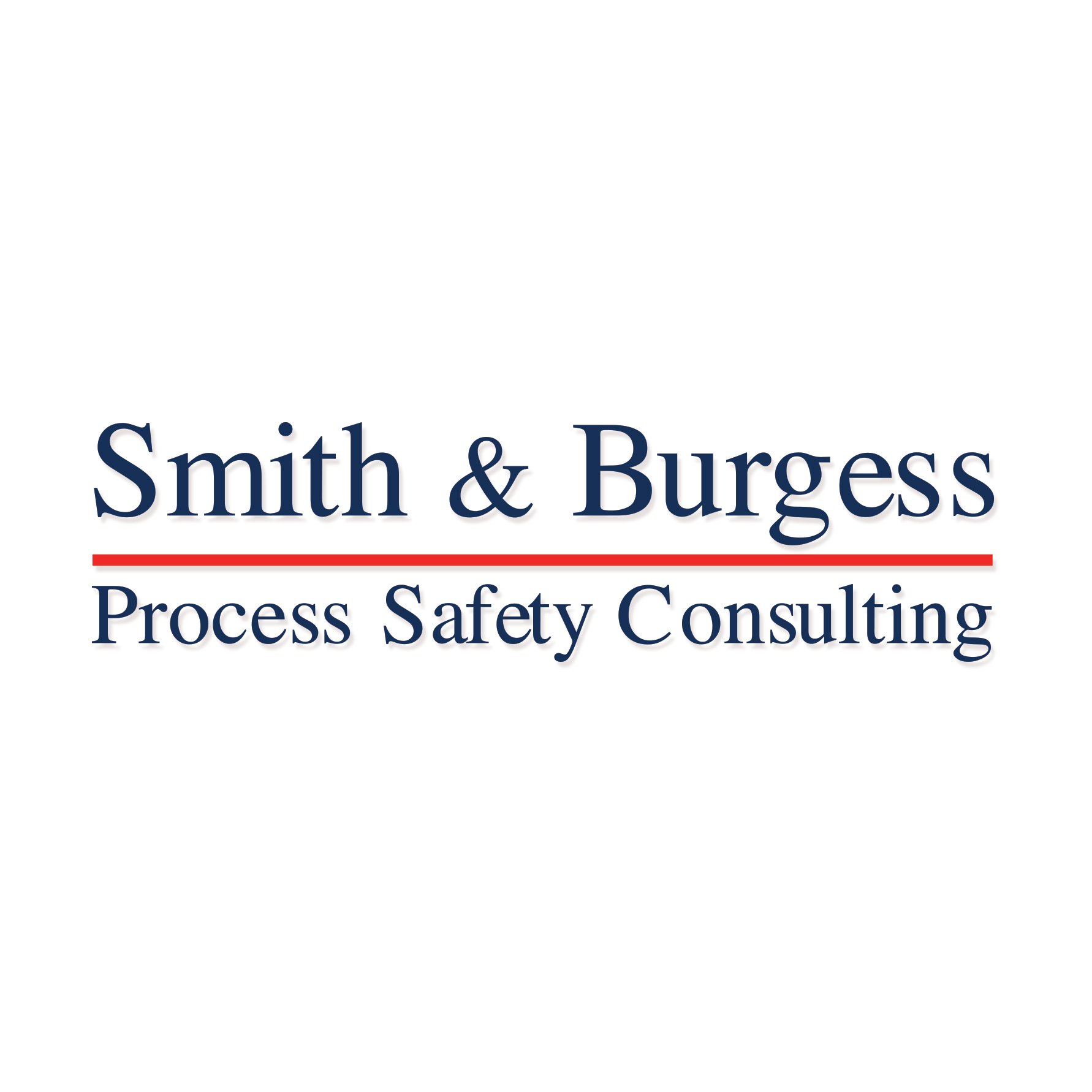



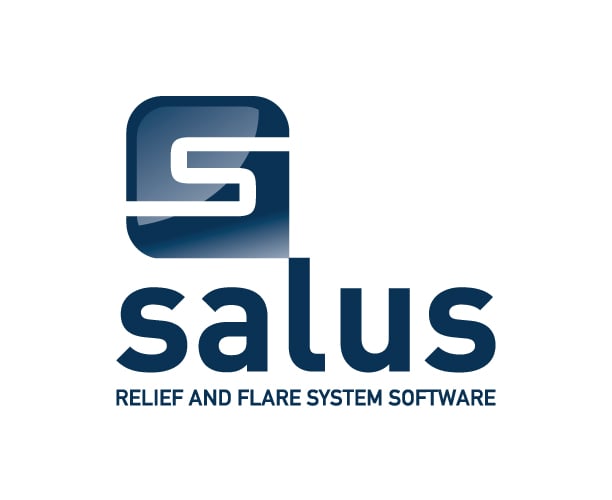



.png)







